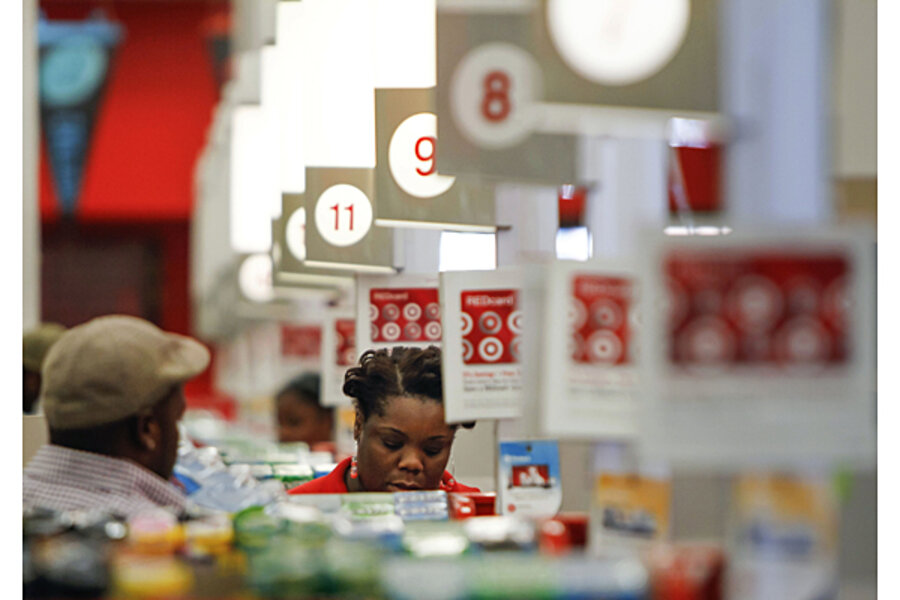Why store credit cards aren't always a bad idea
Loading...
You can barely visit a chain store these days without being offered a credit card associated with that store. From Wal-Mart and Best Buy to Target and JC Penney (and countless others), offering credit has become a big part of the business for many retailers.
The usual advice for store-specific credit cards is to avoid them. They usually offer atrocious interest rates and, as with any new credit card, they provide yet another avenue for identity theft.
The challenge is that those criticisms are most important to people who aren’t following good personal finance tactics to being with.
(What if your credit is a mess? What if you have several cards and are carrying balances on them? If that’s your situation, then you should fall back to a cash-only system. Put your credit cards away and do not use them until you have a zero balance, then re-evaluate the cards at that time. Until then, live out of your checking account, make minimum payments on all but one of the cards, and make the biggest payment you can on the other card. Don’t worry about credit cards at all until you’re out of the hole.)
For example, if you’re paying off your credit cards in full each month, the interest rate on the card doesn’t really matter too much.
Along those same lines, if you are very selective about your credit cards to begin with, you shouldn’t have more than one or two cards for personal use, period. I actually think two is the magic number, so that you still have access to one if the other is lost or stolen.
If you’re practicing good personal finance habits and you’re still thinking about a store-specific card, there’s probably a worthwhile reason.
For me, the reason is simple. I have two credit cards, each associated with a store that I use on a very frequent basis.
One is my Amazon Visa, which I use for all of my Amazon purchases. I get 3% back on these purchases in the form of Amazon credit. I do quite a bit of household shopping and most gift shopping on their site, so this ends up being worth it.
The other one is my Target Visa. We have a Super Target fairly close to our home that we use for some grocery and household shopping (for which we get 5% off), but the big reason to use this card (for us) is the Pharmacy Rewards program, which nets us another 5% off of a total purchase at Target. If we stack them, that means we can get 10% off of a cartload of items there, which we’ll often stack carefully with their flyer to get some very solid discounts.
Aside from those cards, I mostly use cash. If I have to use a card outside of those retailers, I use the Amazon card, which still nets me a 1% return at Amazon.
Based on our purchases in 2012 (yes, I actually analyzed this), Target and Amazon were our top two retailers, with Hy-Vee and Fareway (local grocery store chains which don’t offer cards) following behind them.
So, in keeping with good personal finance practice, we pay off our card balances in full each month and maintain only two credit cards, minimizing our identity theft risk and keeping our credit at a reasonable level.
We didn’t worry about the APR because we pay off the balance in full each month. If we were ever in a position where we couldn’t do that, then that means we need to take a serious look at our spending habits. In that situation, our mistake wouldn’t be our credit card choice, but our spending choices.
In the end, we chose the two cards simply because of their rewards. Because we frequent those retailers anyway, the cards offer us very strong rewards, and we see no reason to use other cards.
My recommendation to you is the same: if you’re following good personal finance practices with your cards – paying off the balance each month and not having many cards – then the card associated with the retailer you use the most is quite likely to be the best card for you.
The post Some Thoughts on Store-Specific Credit Cards appeared first on The Simple Dollar.






